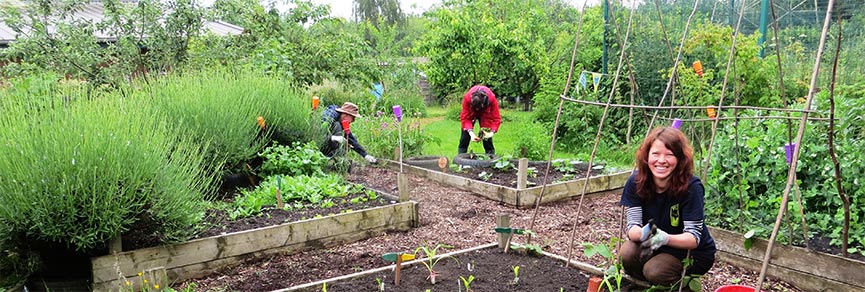

Activities near EH141UT
Found 0 activities
Activity key
- Big Green Weekend
- Green Gym
- Practical conservation activity
- Tree Planting event
- Health walk
- Children's activity
- Training or workshop
- Food growing activity
- Community event or activity
- Wildlife surveying activity
- We currently have no activities planned near this location.
Please come back soon or widen your search with the filters to the right.
You can also volunteer with one of our local Community Groups.
